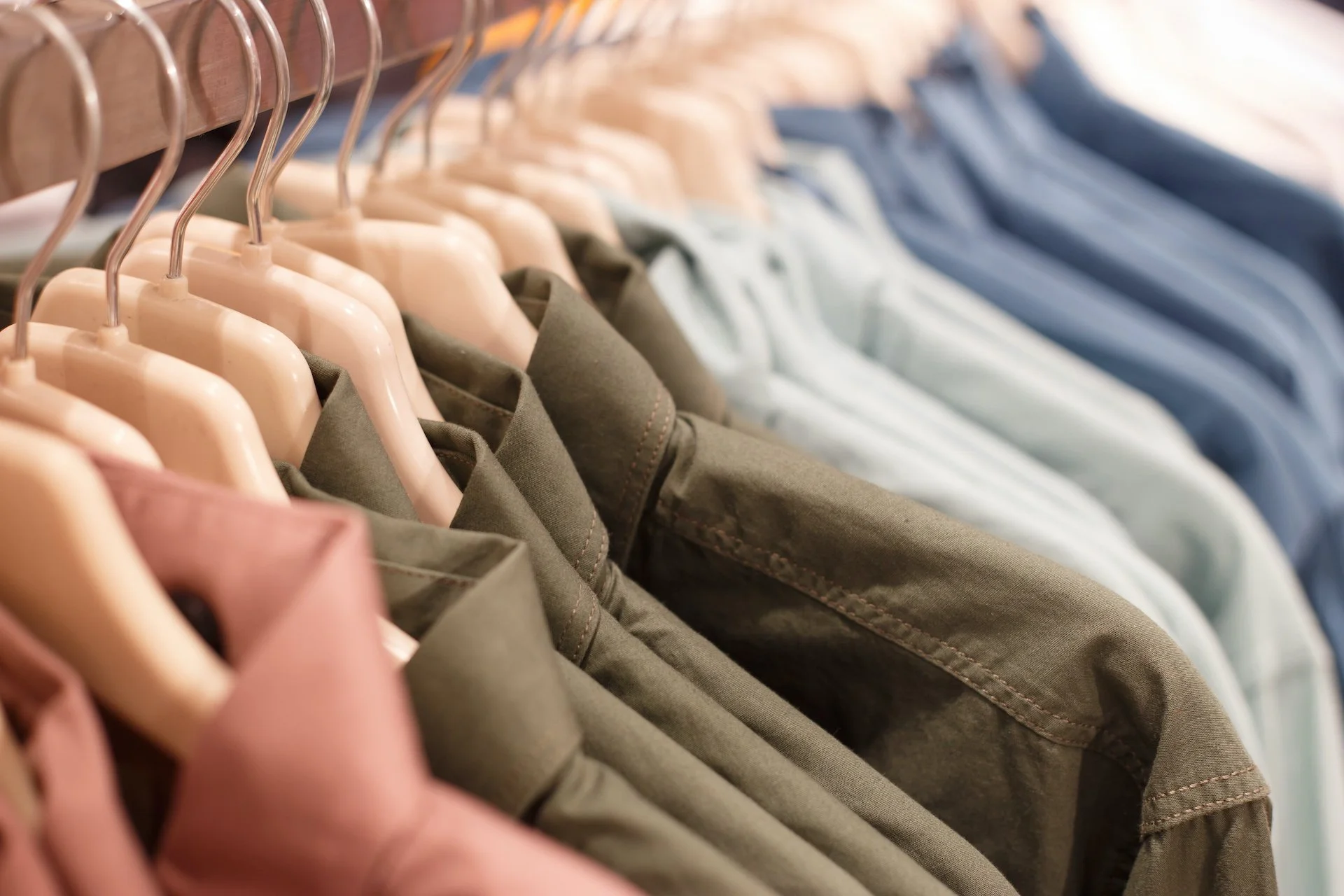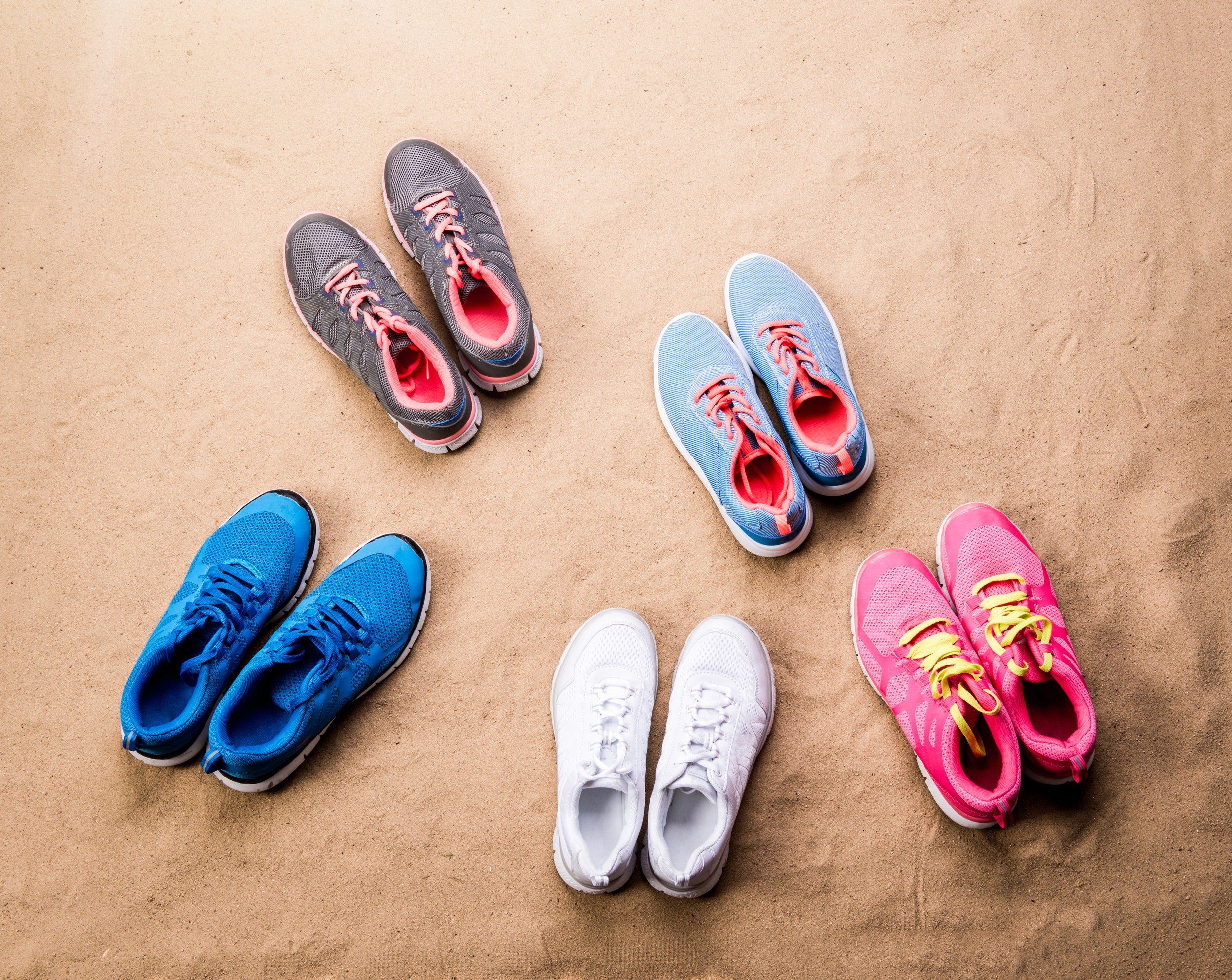Folding Techniques
Languages: English
Media Editing: The video(s) in this subject are not eligible for Content Studio.
Description: A neat and presentable store is central to a great customer shopping experience. If you want your displays to look well-stocked, clean, and easy for customers to find what they're looking for, your team needs to be folding experts. In this subject, we'll cover general folding tips, including how to use folding boards and carts. We'll also cover the general best techniques for folding t-shirts, pants, shorts, collared shirts, and sweaters. Even if your store has brand specific ways to set up its displays, these topics can be a good starting point for your team, reinforce best practices, and secure basic knowledge.
Languages: English
Media Editing: The video(s) in this subject are not eligible for Content Studio.
Description: A neat and presentable store is central to a great customer shopping experience. If you want your displays to look well-stocked, clean, and easy for customers to find what they're looking for, your team needs to be folding experts. In this subject, we'll cover general folding tips, including how to use folding boards and carts. We'll also cover the general best techniques for folding t-shirts, pants, shorts, collared shirts, and sweaters. Even if your store has brand specific ways to set up its displays, these topics can be a good starting point for your team, reinforce best practices, and secure basic knowledge.
Languages: English
Media Editing: The video(s) in this subject are not eligible for Content Studio.
Description: A neat and presentable store is central to a great customer shopping experience. If you want your displays to look well-stocked, clean, and easy for customers to find what they're looking for, your team needs to be folding experts. In this subject, we'll cover general folding tips, including how to use folding boards and carts. We'll also cover the general best techniques for folding t-shirts, pants, shorts, collared shirts, and sweaters. Even if your store has brand specific ways to set up its displays, these topics can be a good starting point for your team, reinforce best practices, and secure basic knowledge.
Topics
General Folding Tips
-
Regardless of the type of clothing you are folding, there are some general best practices you can use to make the job easier. This includes using any folding aids you have access too, such as a folding board. This topic will cover the best practices for folding items, as well as how to use the two main types of folding aids: folding boards and folding tables.
-
Questions (level 1, 2, 3)
-
This topic is currently available in English.
-
Folding aids are boards or tables that help speed up folding and make it easier for you to fold items correctly. Use them to make sure items in your store are folded correctly and consistently.
A folding board is a folding aid that lays on top of the item before folding over it. Folding boards help speed up folding and keep items looking similar on display. It’s primarily used for shirts.
To use a folding board, lay the item face down, and then lay the folding board on top of the item in the middle.
If your folding board has flaps, open them fully before laying the item on top. Then use the side flaps to fold the sleeves in, followed by the bottom flap to finish folding the item.
Mobile folding tables have side flaps that help you fold multiple sizes of items quickly and easily. They also have shelves underneath the main folding surface for storing or moving clothing items while setting up displays or returning items from a change room. They are often useful when refolding items left in a change room.
If you’re not using a folding board, always fold clothes on a hard, flat surface. This will make it easier to fold the clothing and reduce wrinkles.
Preview of topic image for “General Folding Tips” as this topic is questions only.
How to Fold T-Shirts
-
T-shirts are a staple item and are found in many stores. Folding them isn’t difficult, but doing so quickly and correctly can make it easier to keep your store looking ready for customers. This topic will cover how to neatly fold a t-shirt so it can be stacked on a display or shelf. A video is included in this topic to demonstrate the correct technique.
-
Questions (level 1, 2, 3)
Video module (This module was created in a tool that is not supported by our Content Studio offering.)
-
This topic is currently available in English.
-
Step one: Place the shirt face down, so the back of the shirt is facing up before you fold it. This way, the collar will be exposed to the customer when you display it.
Step two: Fold the sleeves and sides of the shirt in, across the back so there are clean lines along the sides of the shirt.
Step three: Fold the bottom of the shirt up so it’s roughly a third of the way up the length of the shirt. This will make sure all shirts take up roughly the same amount of space, regardless of their size.
Step four: Fold the bottom of the shirt again, so that the already folded bottom part of the shirt is touching the top edge of the shirt (just above the collar). This will help keep the collar flat when the shirt is laid on the shelf.
Step five: Flip the shirt over, and smooth the edges to get rid of wrinkles, and check that the collar is flat and wrinkle-free.
How to Fold Pants and Shorts
-
Folding pants and shorts so they present well can be done quickly and easily if you know the steps. In this topic, we’ll show you how to fold pants, so they sack well for displays and stay neat. A video is included in this topic to demonstrate the correct technique.
-
Questions (level 1, 2, 3)
Video module (This module was created in a tool that is not supported by our Content Studio offering.)
-
This topic is currently available in English.
-
Step one: Button or clasp the pants closed at the waist. This will help keep the waist straight as you fold.
Step two: Fold the item in half (width-way), so both legs are overlapping. Lay the item flat, with one rear pocket exposed so you can keep the lines crisp and prevent the item from wrinkling as you fold.
Step three: Fold the seam along the seat of the pants in to make a straight line from the waist to the cuff.
Step four: Fold the bottom edge of the pants up towards the waist until the cuff touches the bottom edge of the rear pocket. If you are folding shorts, fold the legs up until the cuff touches the waist band. This is your final step before flipping the shorts over so the fold is at the back.
Step five: Fold the remainder of the pants in half again, to form a rectangle. Push the fold down slightly to help flatten the item.
Step six: Flip the item over, so the fold is at the back. This will help keep the folds in place and the item looking neat.
How to Fold Collared Shirts
-
We often think of collared shirts as being hung up, but that can take up a lot of space. By folding a collared shirt well, without crushing the collar, you can set up a display that showcases these items while saving space. A video is included in this topic to demonstrate the correct technique.
-
Questions (level 1, 2, 3)
Video module (This module was created in a tool that is not supported by our Content Studio offering.)
-
This topic is currently available in English.
-
Step one: before you start folding, make sure all the buttons are done up. This will help keep the item neat and make it easier for you to fold it.
Step two: lay the item button-side down on a hard, flat surface. Using a hard surface will help you make crisp folds and reduce wrinkles as you fold.
Avoid pressing down too firmly on the shirt when it’s laying button-side down so you don’t crush the collar.
Step three: fold each side of the shirt inward about 1-2 inches.
Step four: flip both sleeves in, one at a time, towards the middle of the shirt. If they’re long sleeves, you will need to fold the sleeves in again, half-way back towards the middle.
Step five: fold the bottom half of the shirt up towards the middle of the shirt, and then again up to the collar, making a rectangle.
Step six: flip the shirt over, and smooth out the front, making sure the collar is straight and wrinkle-free.
How to Fold Sweaters
-
Folding sweaters can be tricky because of their size and thickness. However, a well-folded sweater will help display the item in a way that is attractive and appealing to the customer. This topic will cover how to fold sweaters so they can be easily and neatly displayed. A video is included in this topic to demonstrate the correct technique.
-
Questions (level 1, 2, 3)
Video module (This module was created in a tool that is not supported by our Content Studio offering.)
-
This topic is currently available in English.
-
Avoid hanging sweaters, as the weight of the sweater on the hanger can easily stretch out and lose their shape. The corners of the hanger can also leave “dents” in the shoulders as they stretch.
Step one: lay the sweater with the front-side down on a flat surface. This will make it easier to make crisp folds as you go.
Step two: fold one arm across the sweater, then fold the other arm across it, so they’re lying flat on top of one another.
Step three: fold each side of the sweater inward, so each fold is roughly 1-2 inches wide.
Step four: now fold the bottom half of the sweater up towards the collar lengthwise. The bottom of the hem should be touching the top of the collar. This will give you an even rectangular shape to put on the shelf.
Step five: flip the sweater over, and smooth out the front and collar. Smooth out the collar, so it’s straight and wrinkle-free.







